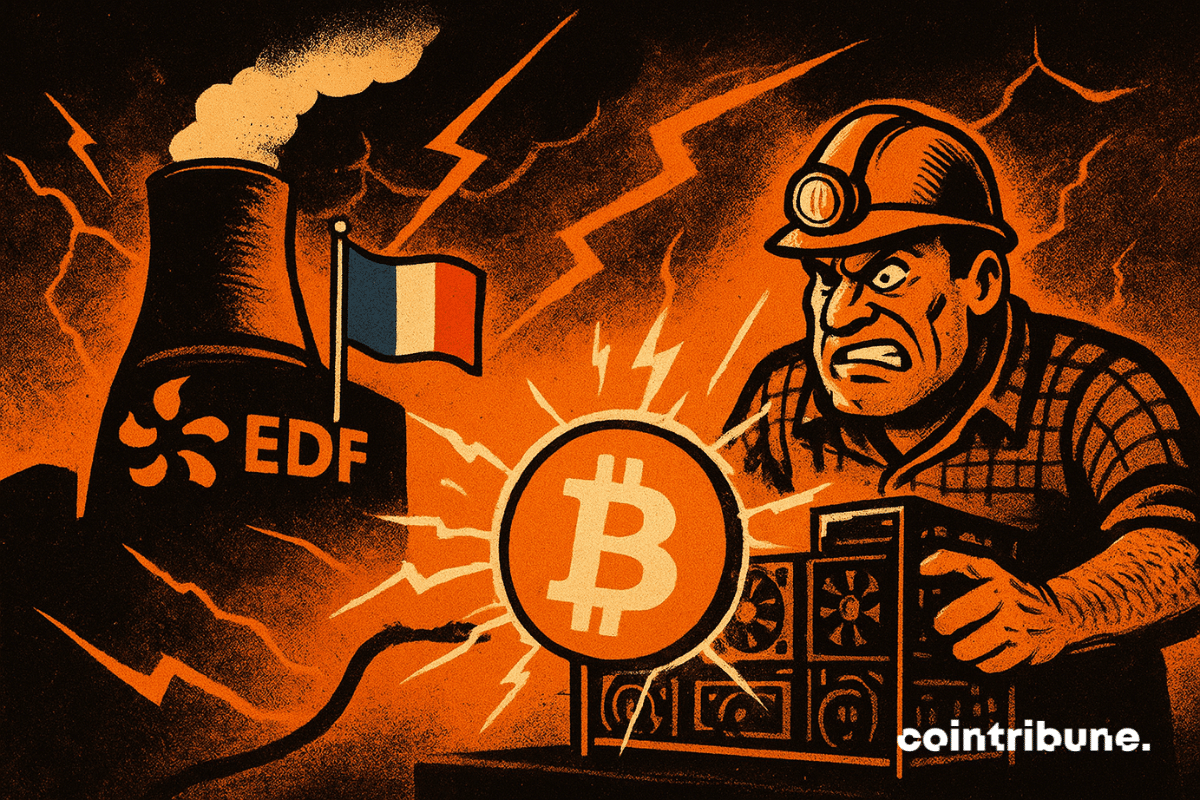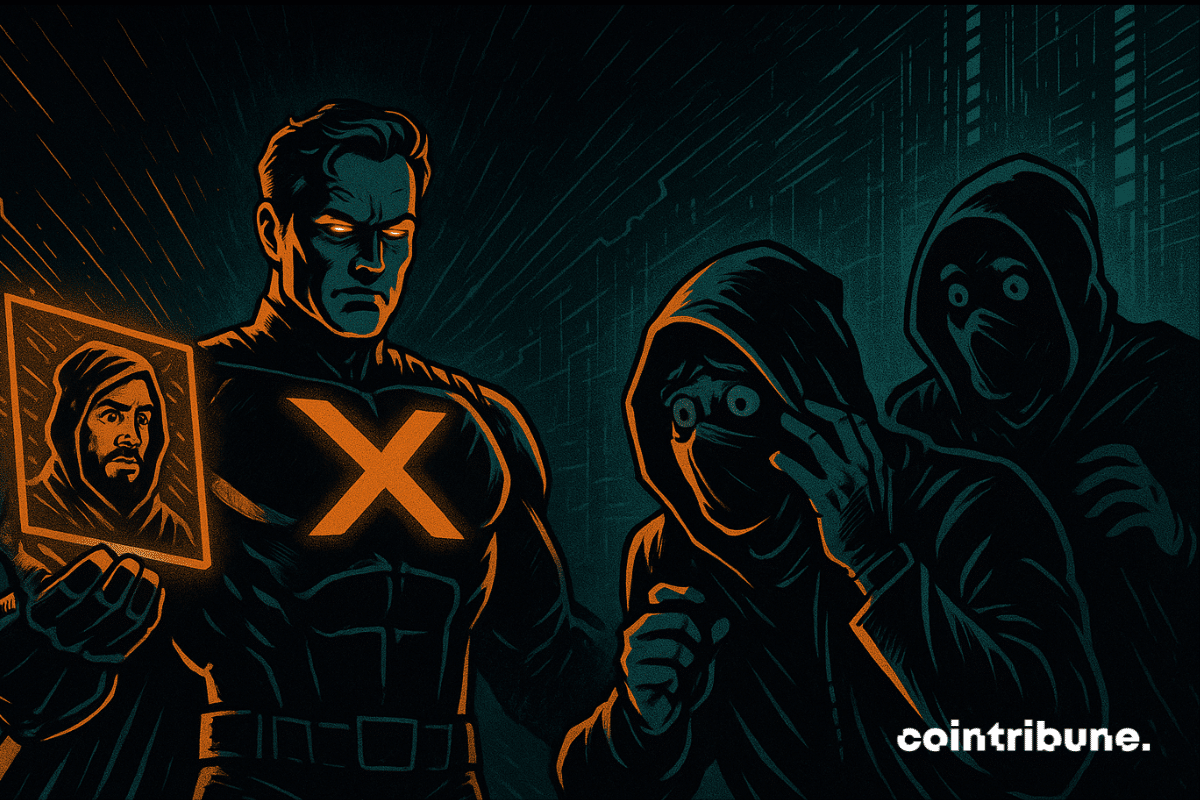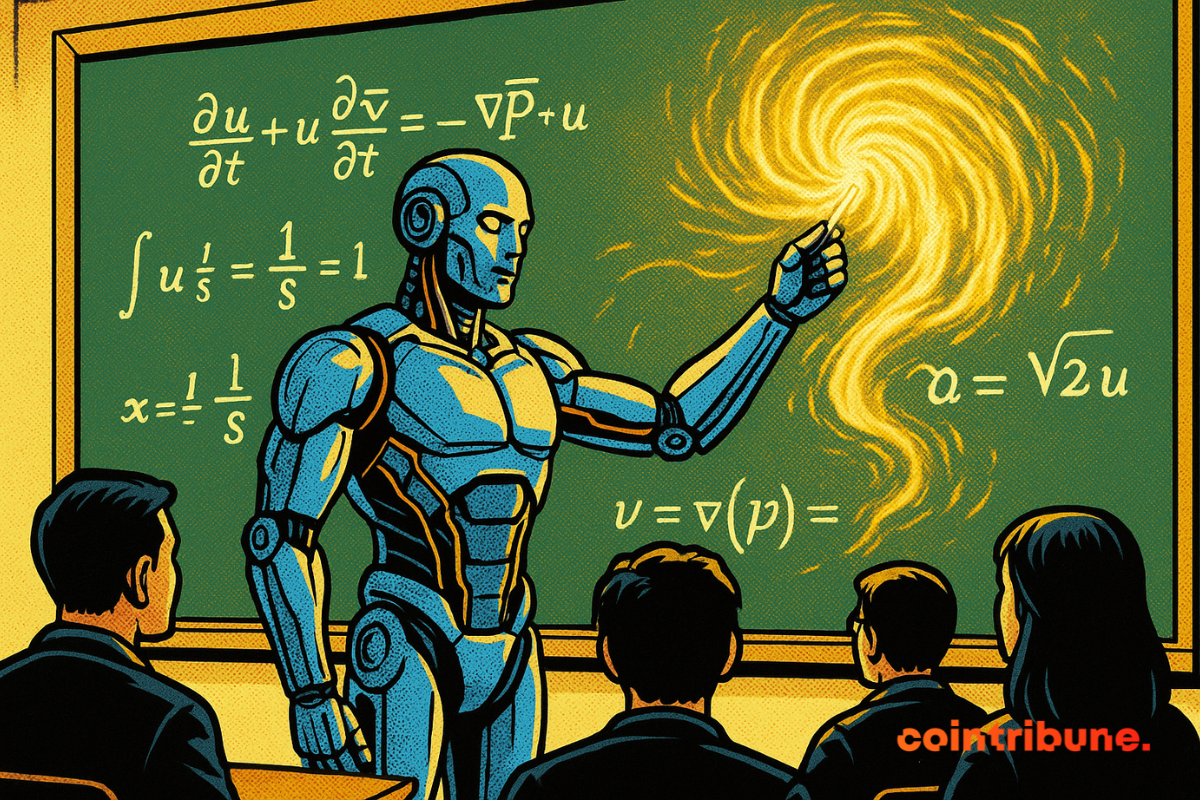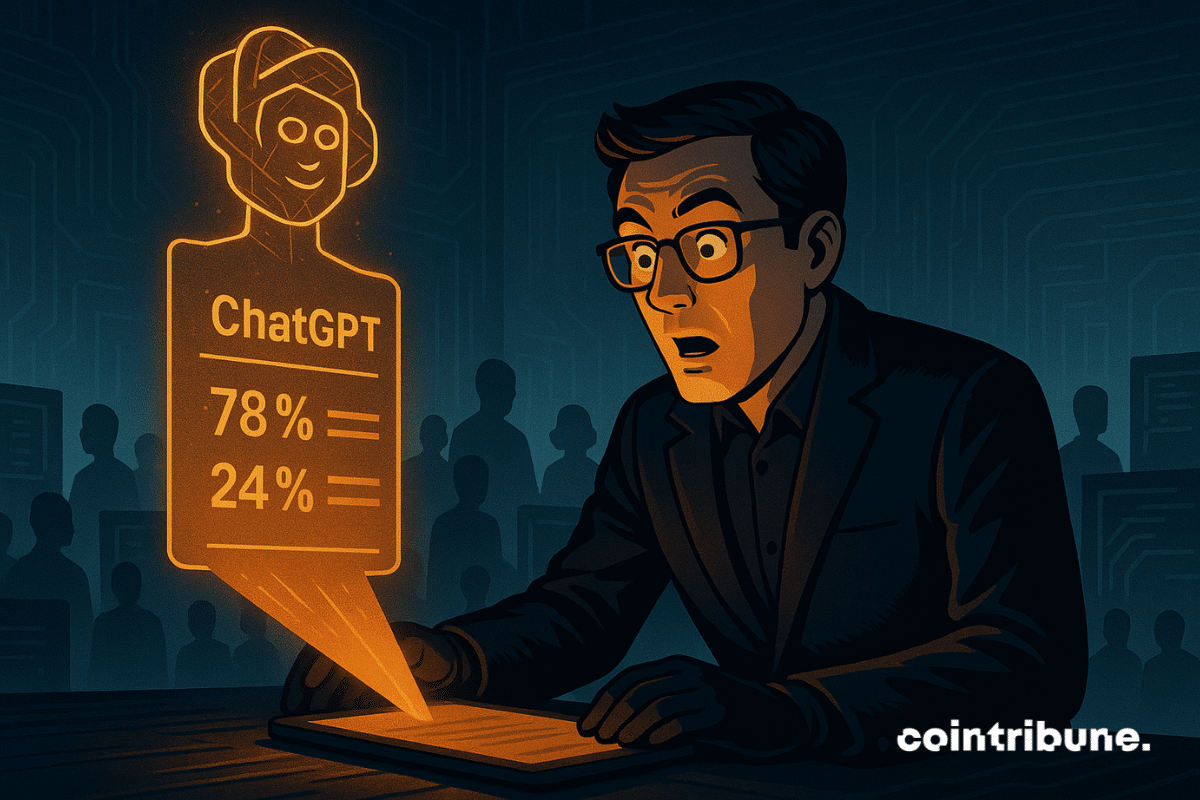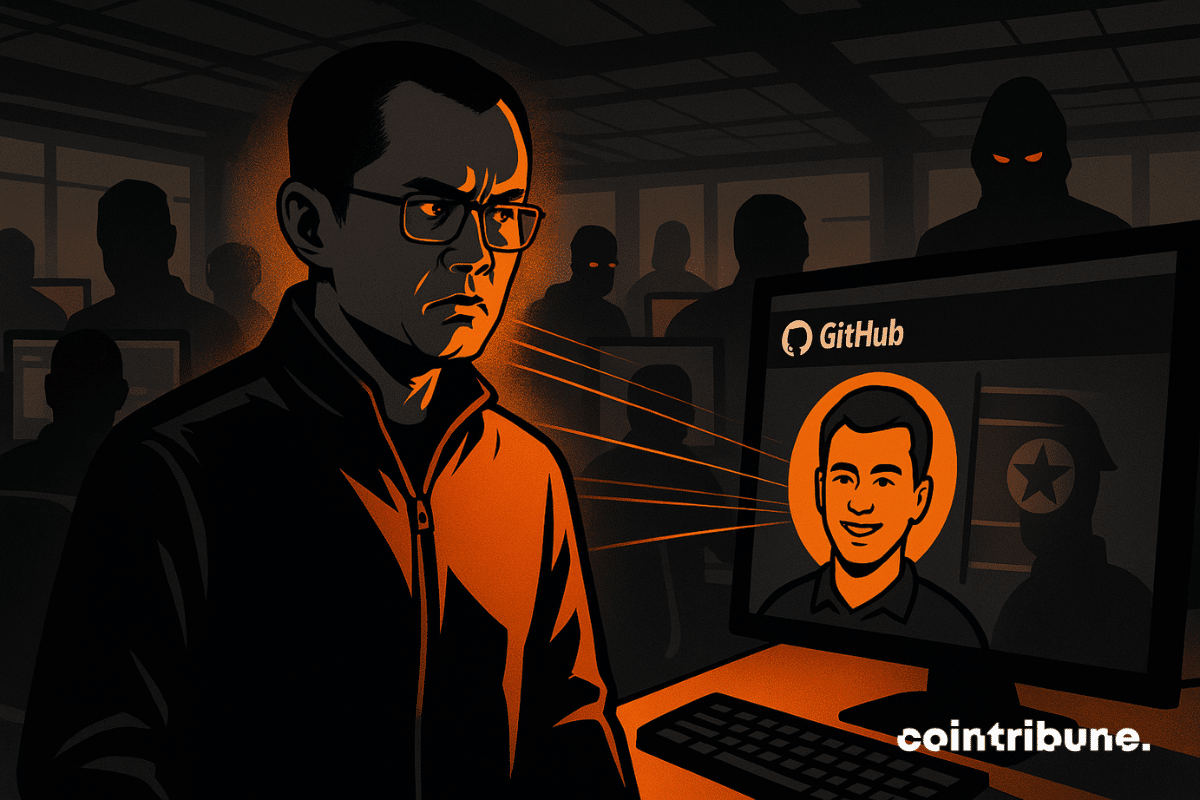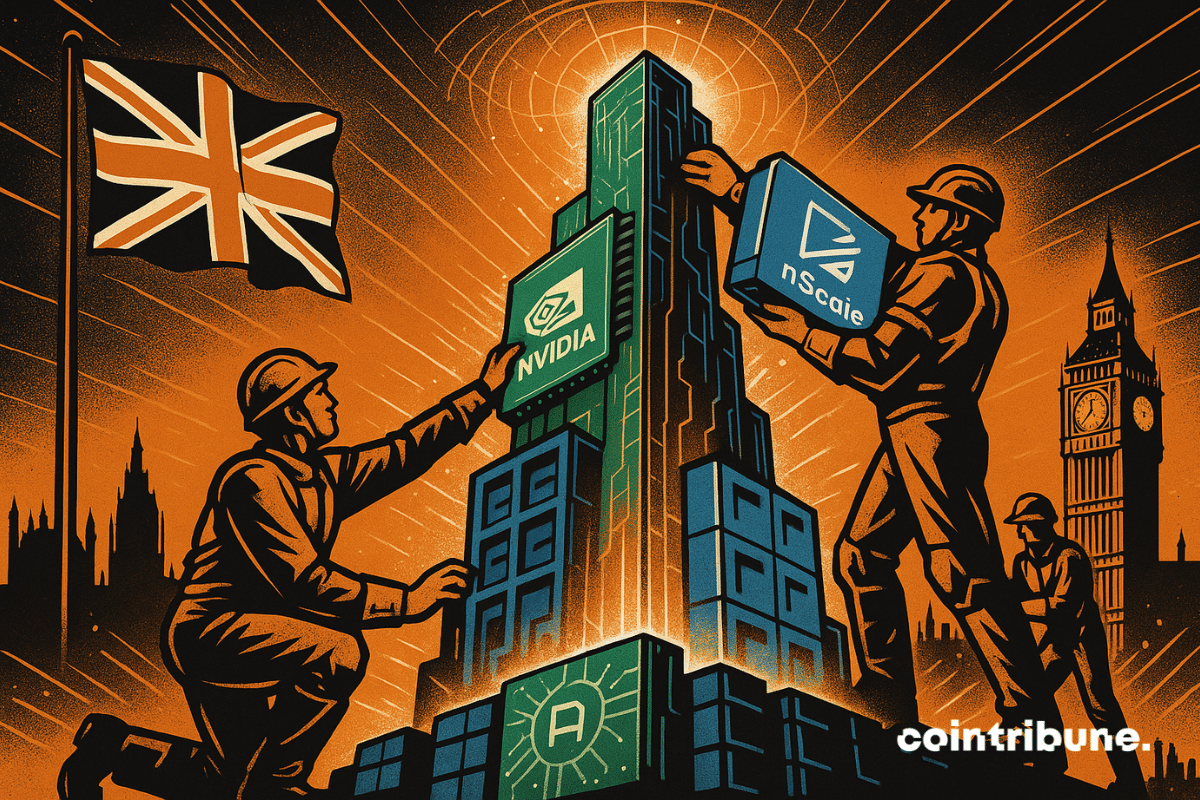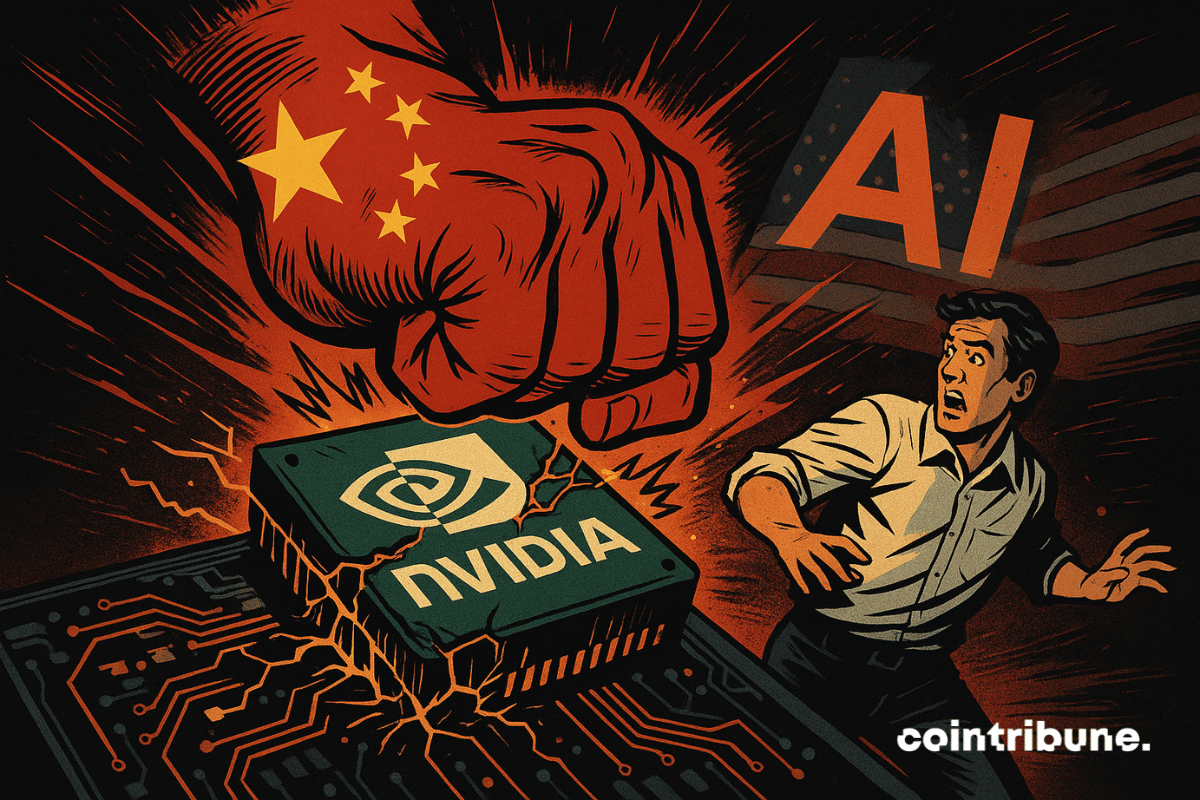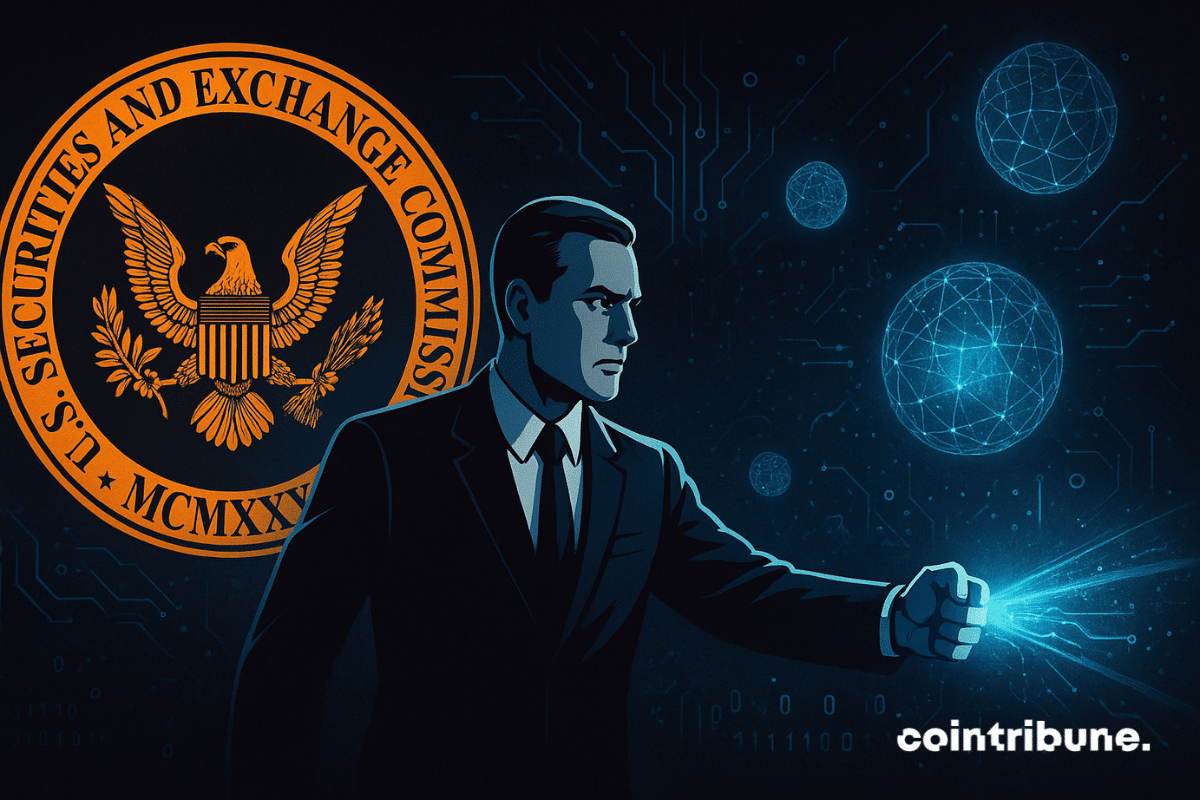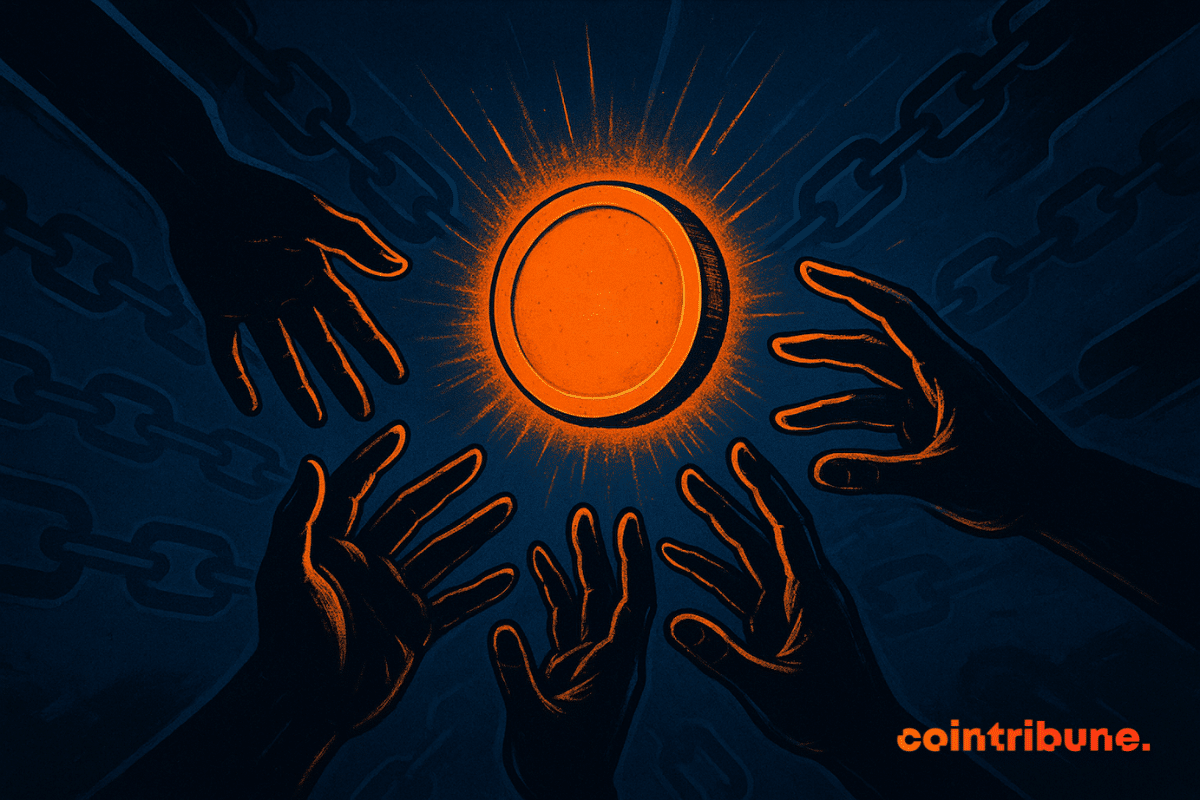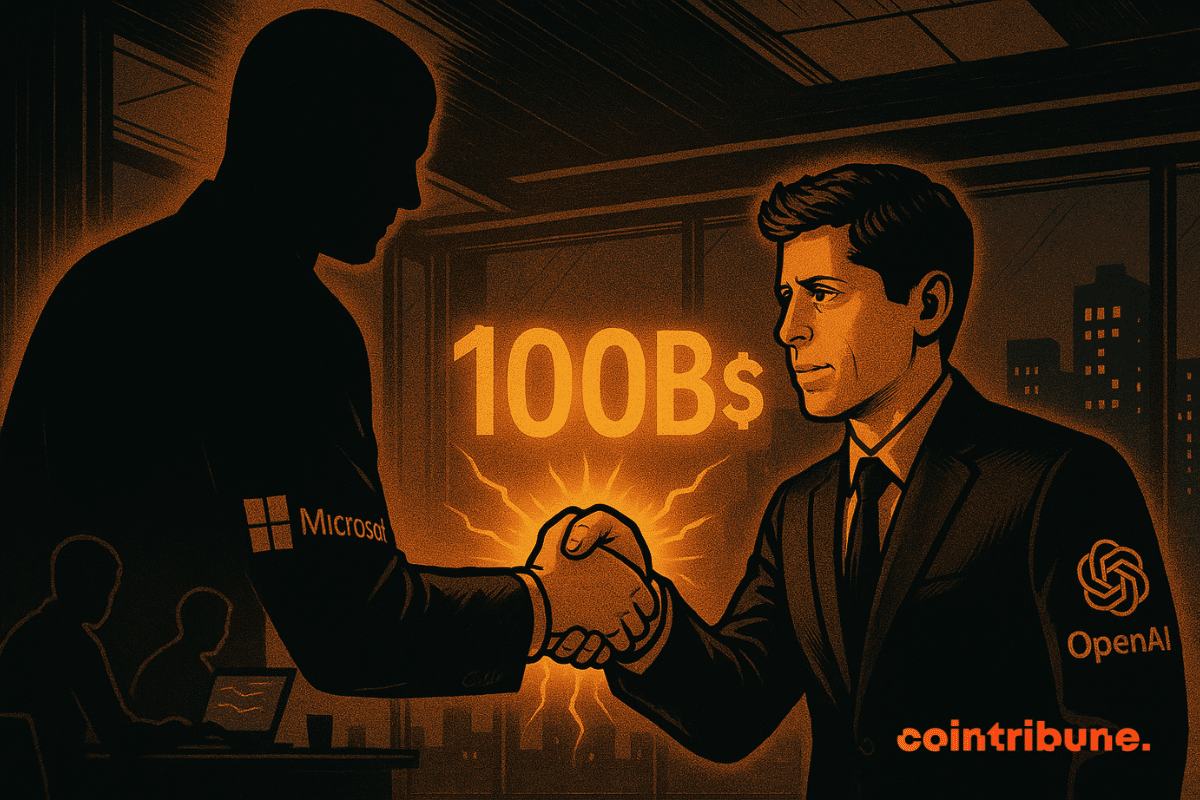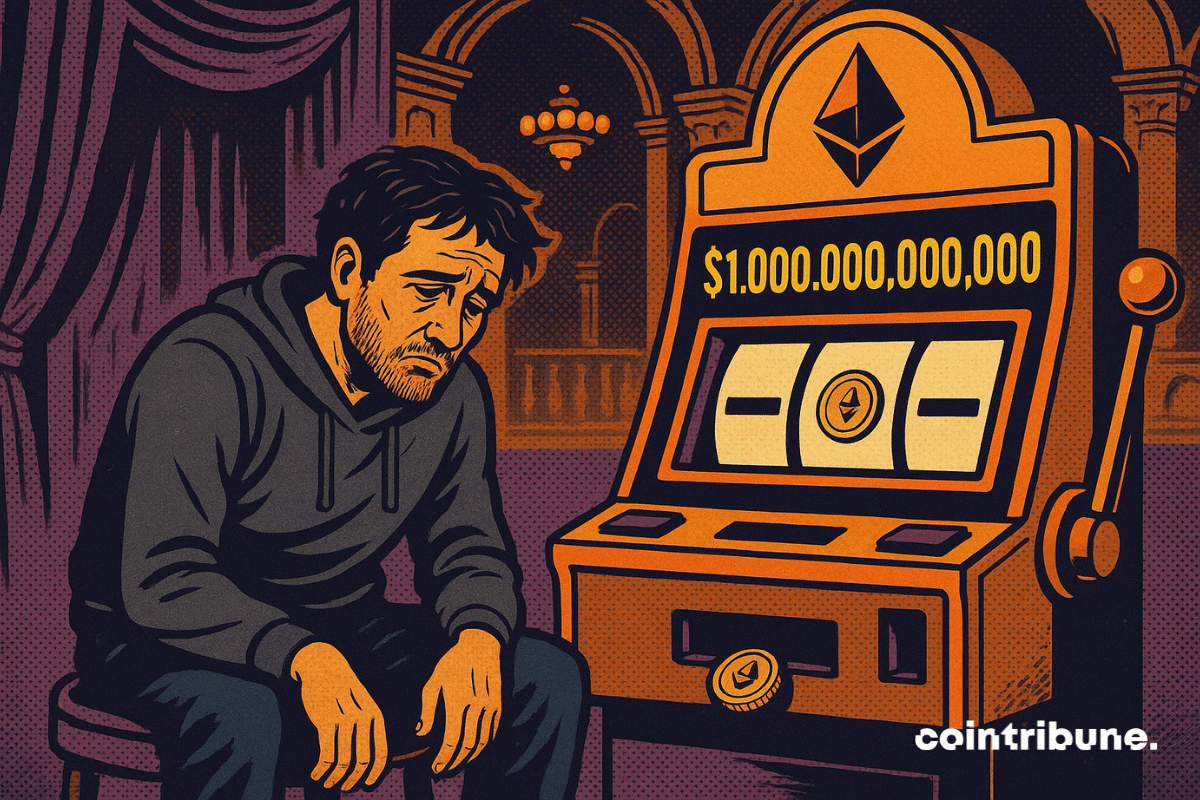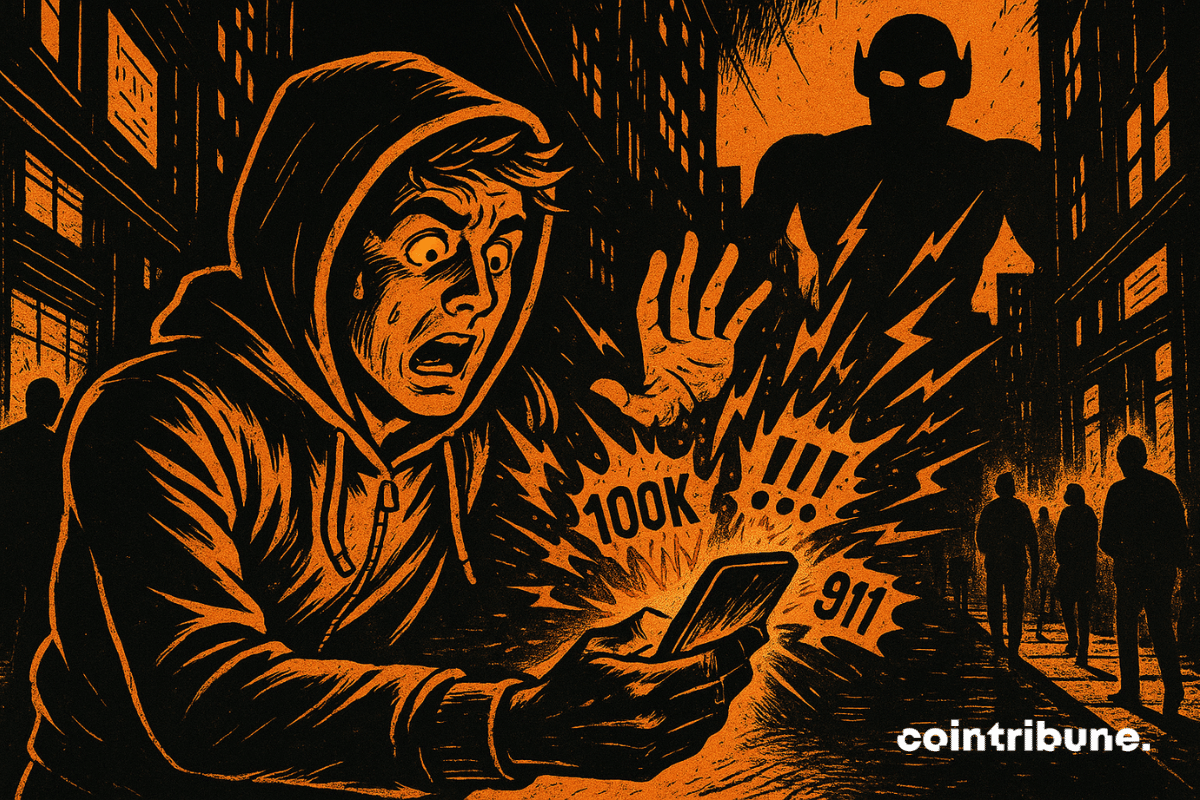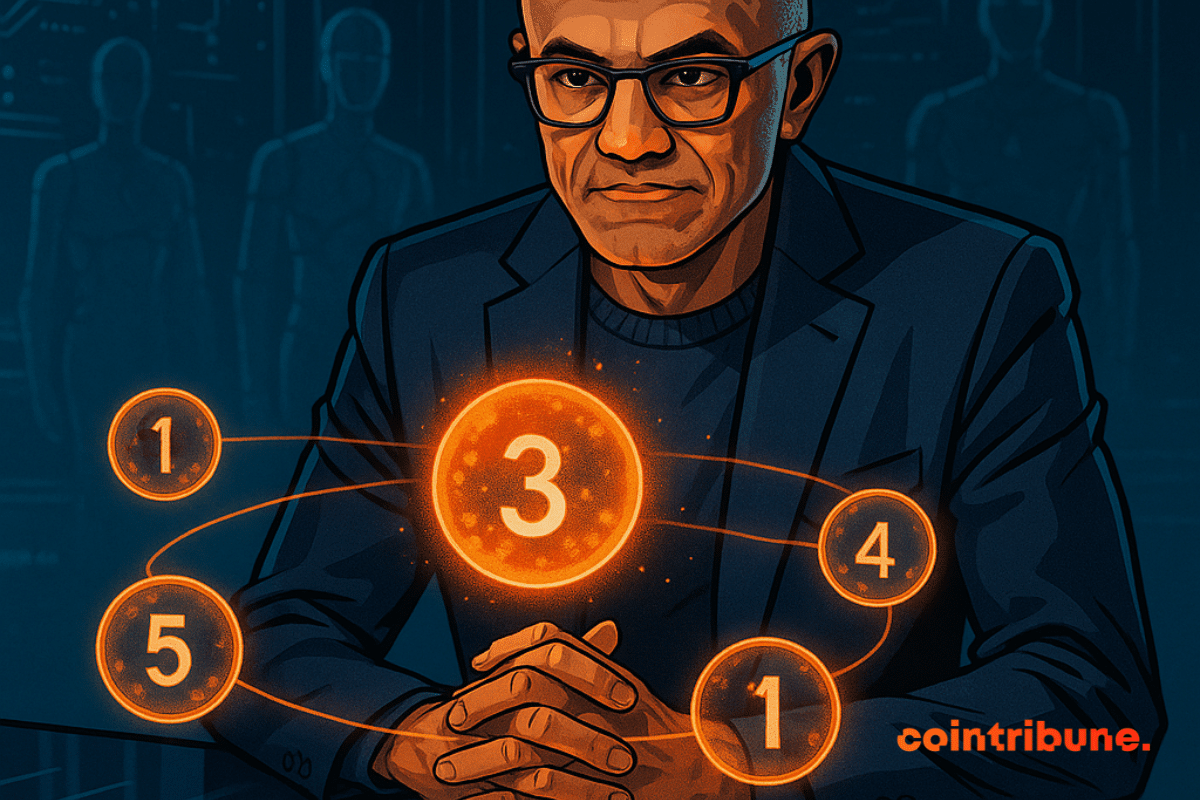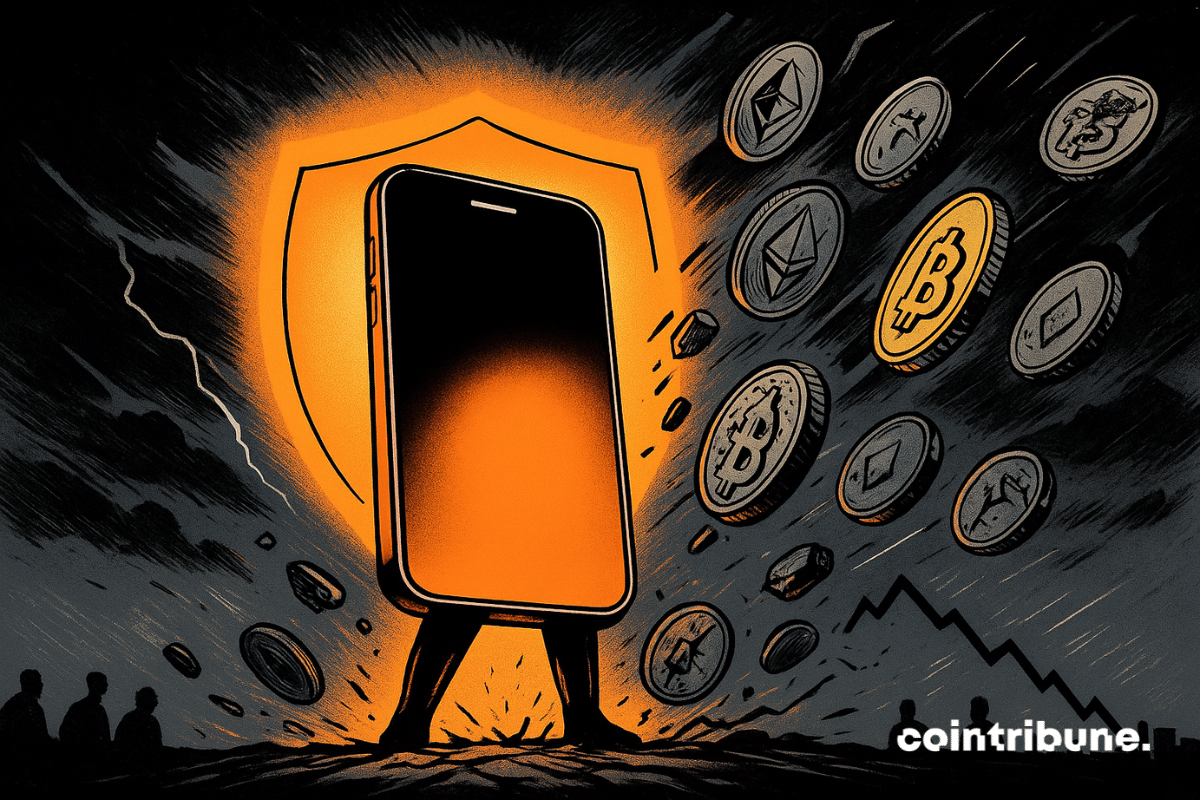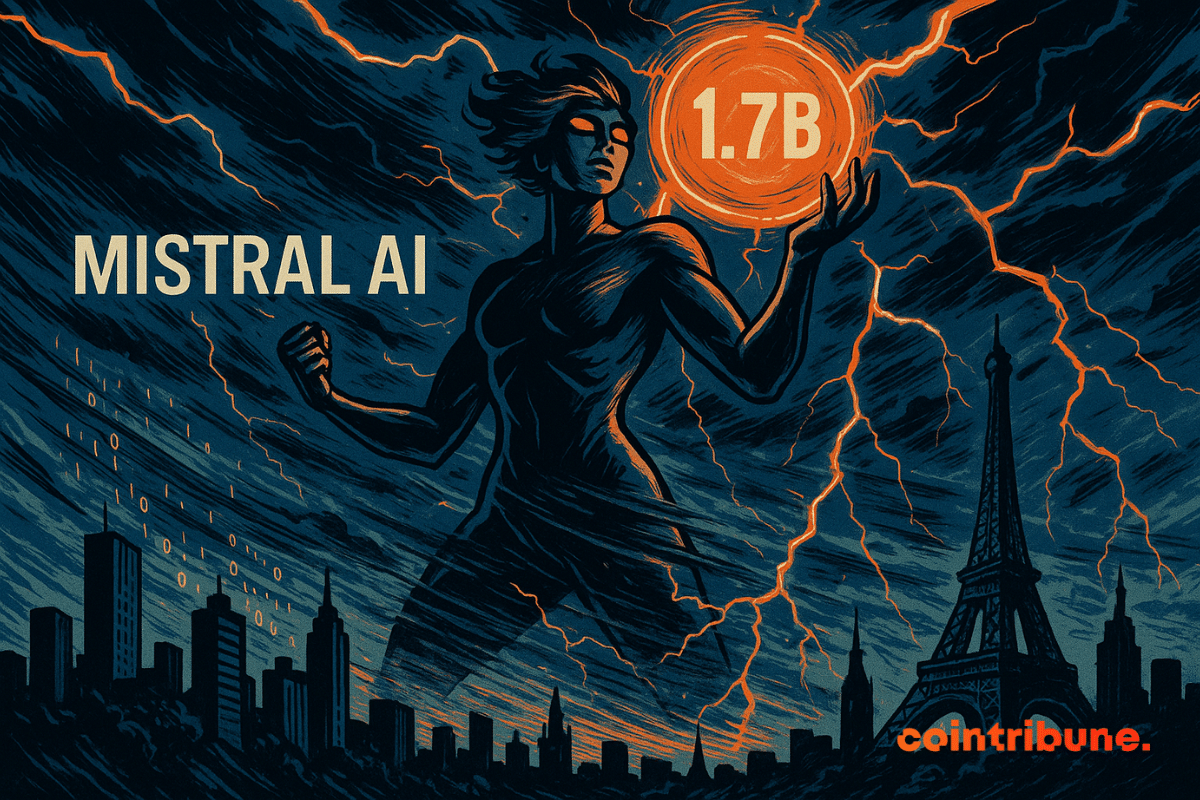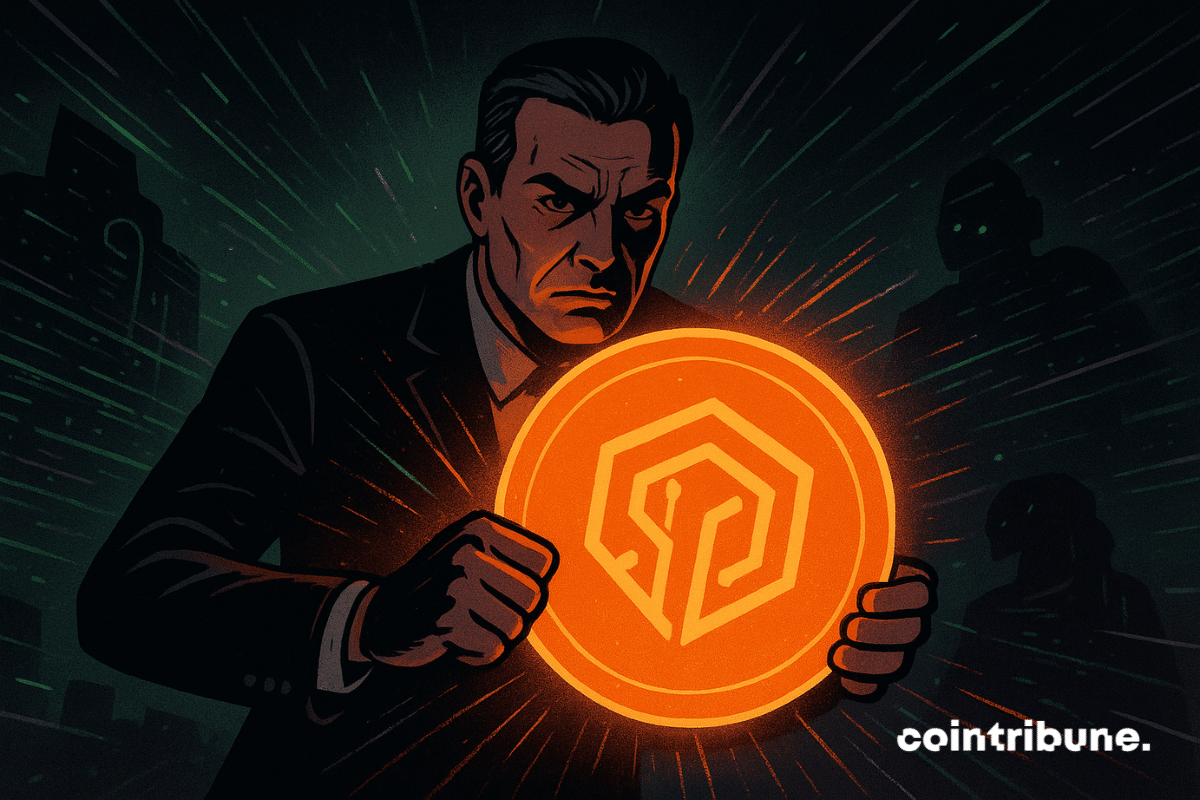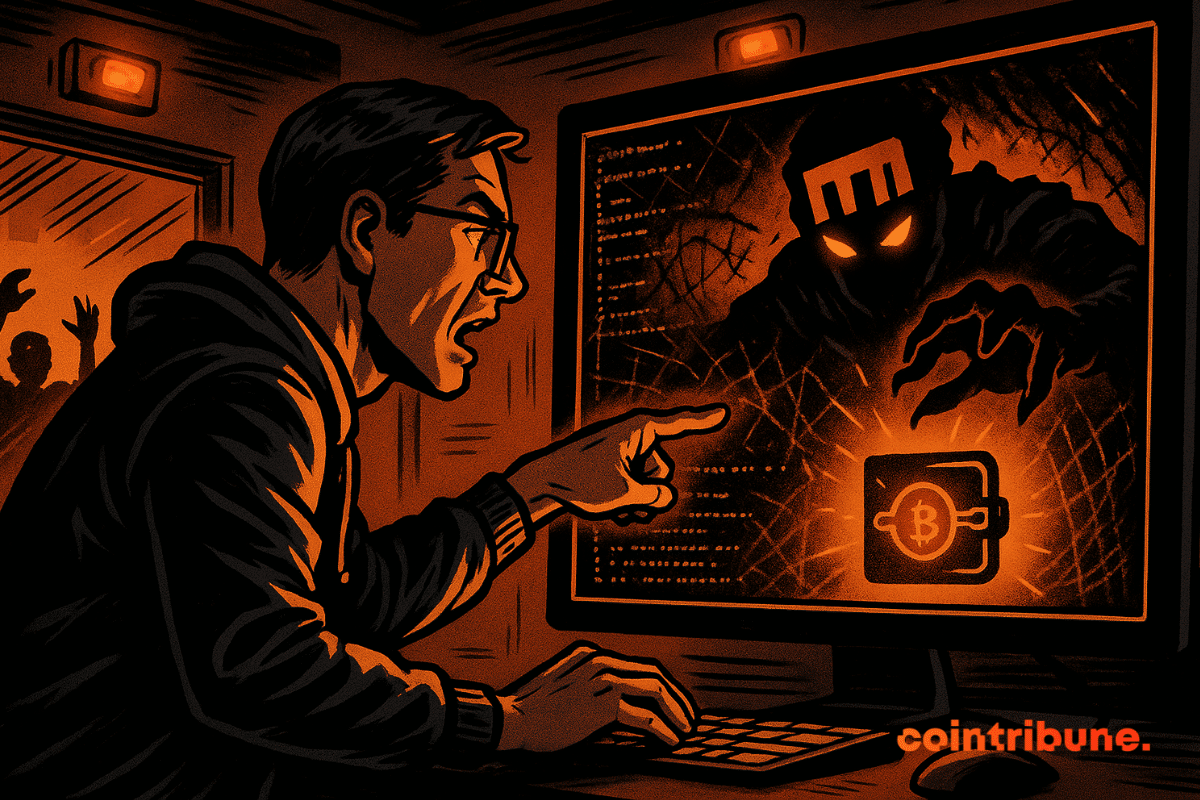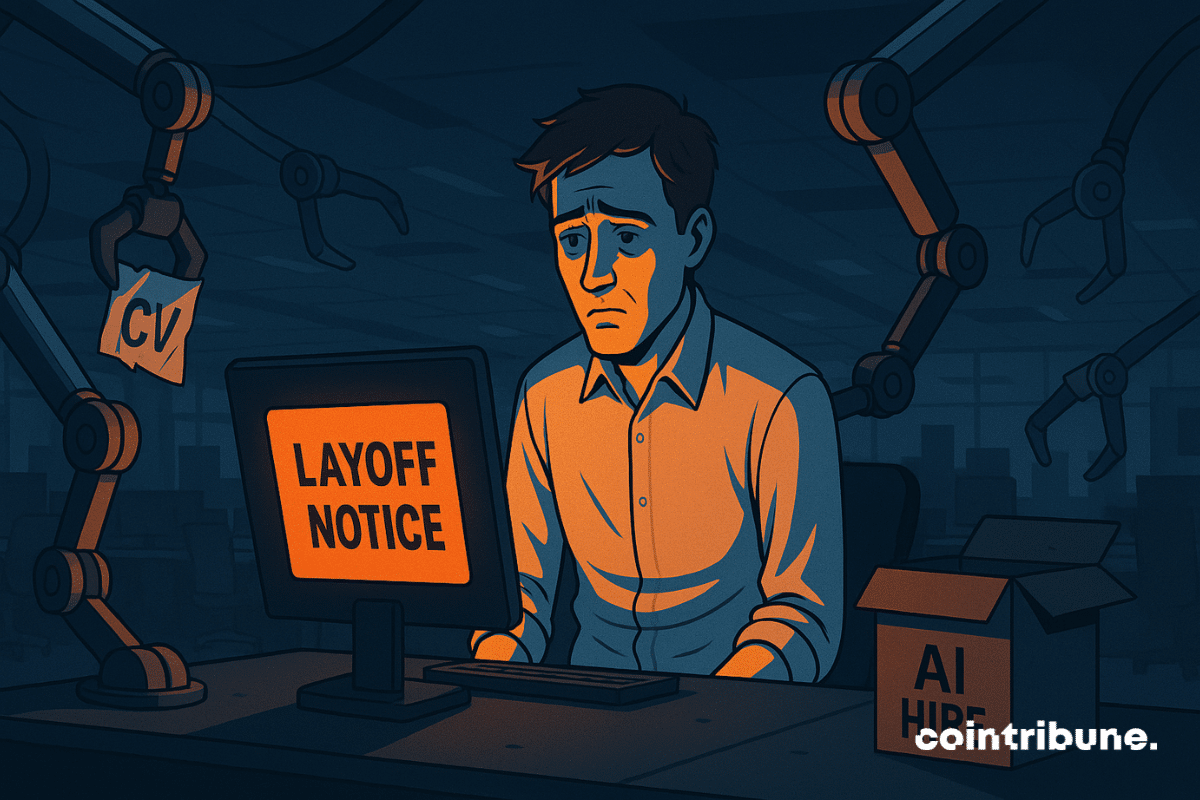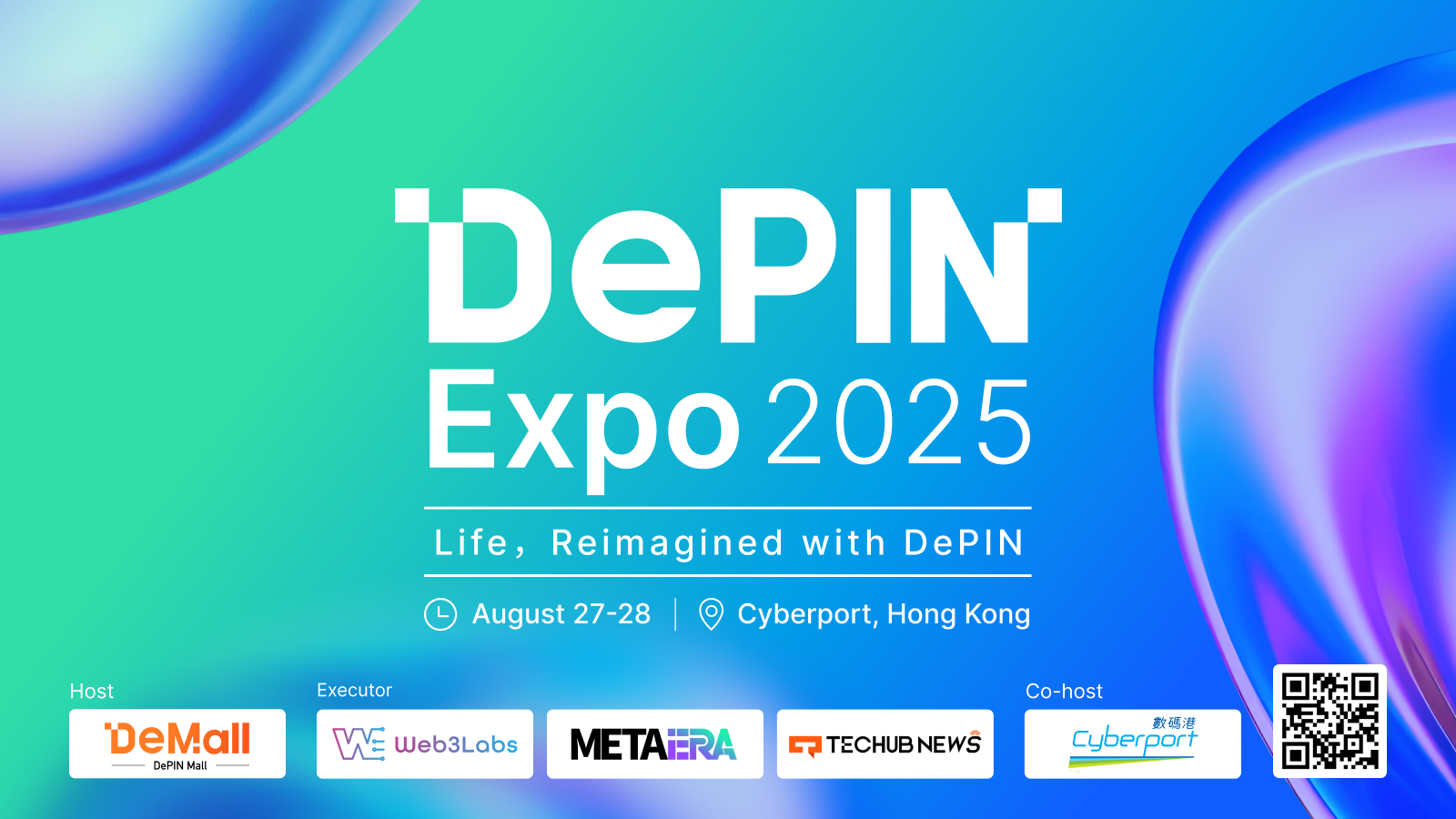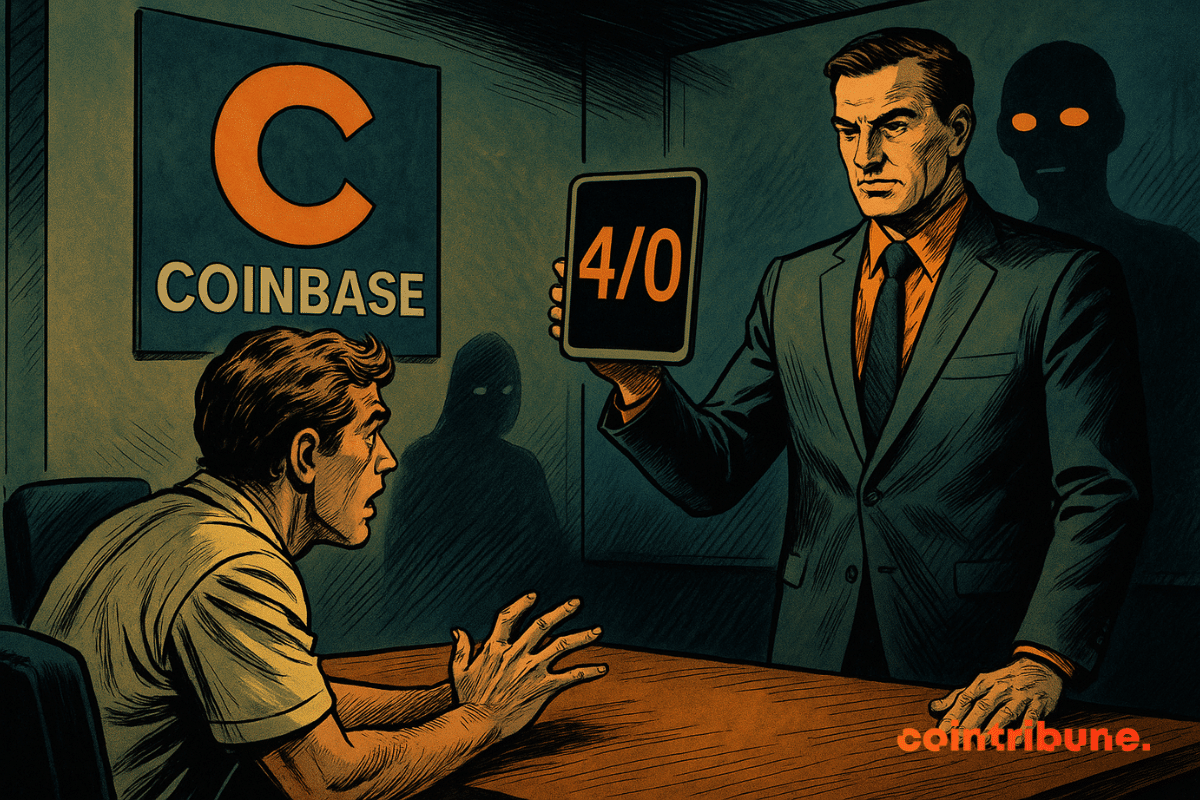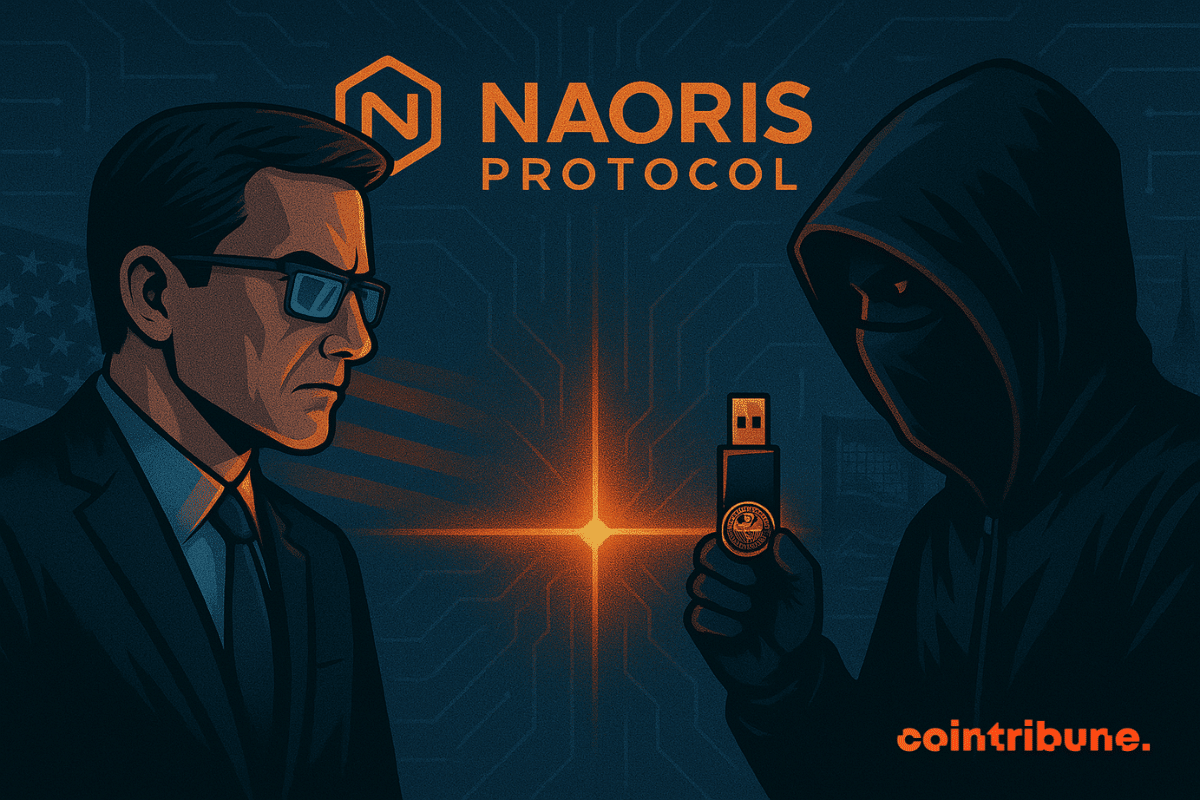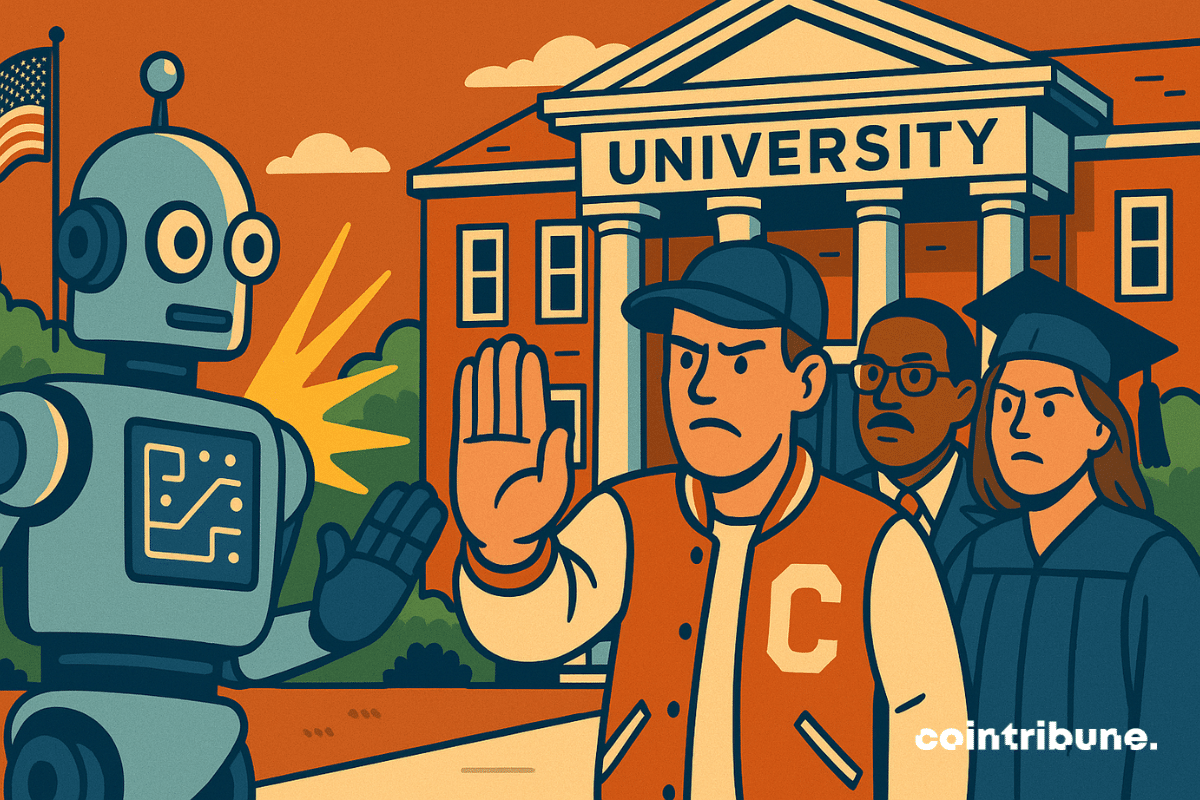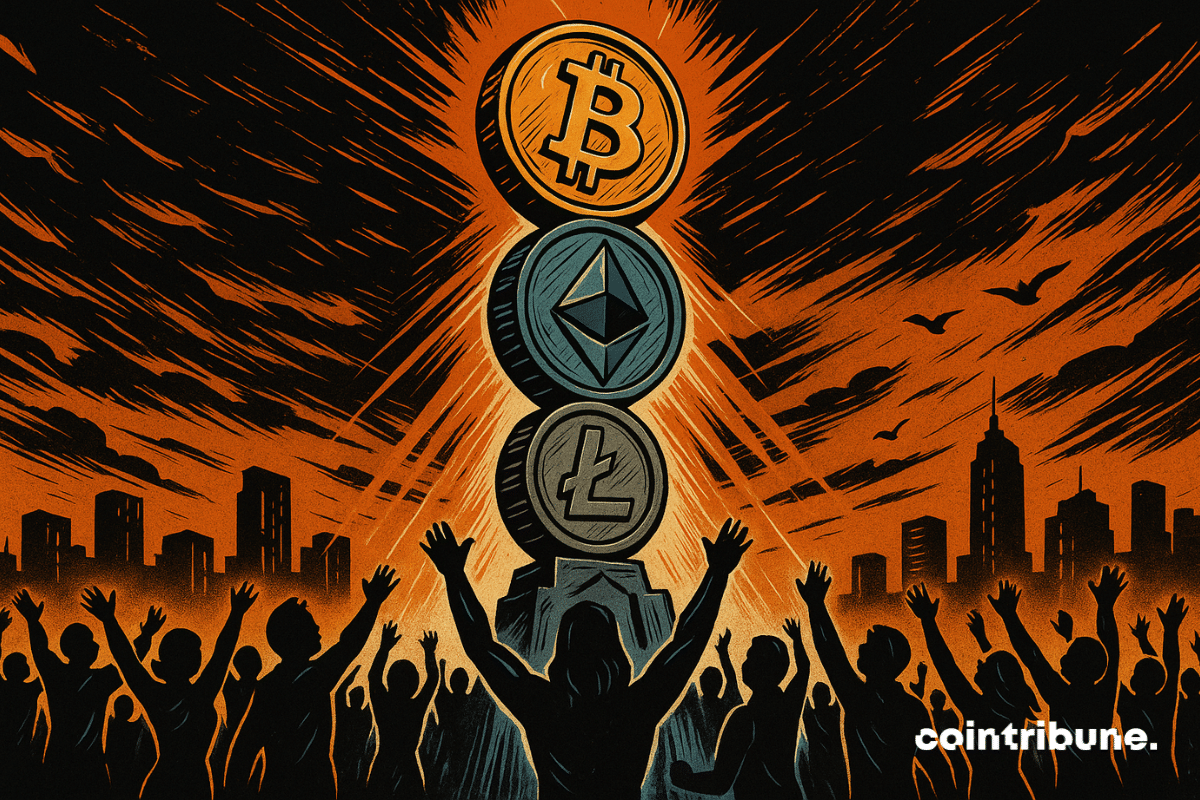In Albania, ministers are trembling: an AI named Diella enters the government. Promised transparency, shaken democracy… and the opposition pounds their fists like in a theater.
Tech News
France is preparing to give up its surplus nuclear energy to an American bitcoin miner instead of favoring the French solution.
X is taking legal action against banned accounts that tried to regain access through bribery and fraud, some of which are linked to the larger Com network under FBI scrutiny.
When equations shipwreck, a Google AI comes to the rescue. Result: stunned mathematicians and a scientific future that looks like science fiction.
Since its spectacular launch in November 2022, ChatGPT has earned the status of a global benchmark in artificial intelligence. Nearly three years later, OpenAI’s chatbot has far surpassed the experimental stage: with more than 700 million weekly users, it now shapes global digital habits. A groundbreaking scientific study, relying for the first time on OpenAI's internal data, dissects 2.6 billion daily messages and reveals surprising trends about the real use of ChatGPT, challenging preconceived ideas about the adoption of conversational AI.
Infiltration in the crypto ecosystem: CZ denounces 60 fake developers linked to North Korea. All the details in this article!
Nvidia joins the UK AI plan with a check for 683 million dollars. By betting on nScale, an entity stemming from crypto mining, the American giant bets on a sovereign infrastructure at the heart of Europe. This operation, as much economic as geopolitical, marks a turning point, as artificial intelligence is no longer an experimental field but a strategic lever of national power.
The technological battle between Beijing and Washington reaches a new level. According to the Financial Times, China has ordered its digital giants, including Alibaba and ByteDance, to immediately suspend their purchases and tests of Nvidia's latest artificial intelligence chips, the RTX Pro 6000 D. This decision illustrates the rising tensions around semiconductors, now at the heart of the geopolitical and economic rivalry between the two superpowers.
What if your software soon handled your payments without you? Google takes a step closer to this reality by launching an unprecedented protocol: its intelligent agents can now exchange money between themselves via bank cards and dollar-backed stablecoins. This project, supported by Coinbase and other companies, paves the way for an automated economy where AIs no longer just assist you... but act on your behalf.
The U.S. Securities and Exchange Commission is reviewing a groundbreaking proposal that could reshape how the crypto industry prepares for quantum computing threats. The SEC is reviewing a groundbreaking proposal aimed at preparing Bitcoin and the wider crypto ecosystem for the looming threat of quantum computing, signaling that regulators are taking quantum risks seriously as experts warn "Q-Day" could arrive as early as 2028.
Coinbase-backed layer-2 network Base could soon roll out a native token, according to the latest revelations by network creator Jesse Pollak. This development signals a shift in gear after the protocol initially stated that it had no intentions of launching a native token a few years back.
Ethereum envisions itself as a digital ghost: invisible transactions, secret votes… and regulators seeing red. The blockchain is preparing its revolution, between Big Brother and crypto utopia.
OpenAI wants more than a partnership: under the guise of AI and philanthropy, the company sharpens its independence from Microsoft. Throne preserved or future masked rivalry?
Ethereum shines in the crypto sky, but its brains struggle to make ends meet. Jackpot for the blockchain, crumbs for the coders: find the error, or the irony of the century.
Digital repression reaches its limits. In Nepal as in Indonesia, social media censorship has propelled Bitchat, Jack Dorsey’s decentralized application, to the level of a protest tool. Deprived of traditional platforms, thousands of citizens adopt it massively. Like Bitcoin which disrupted finance, Bitchat opens a space for free expression, beyond the reach of States.
Less than twenty-four hours after the assassination of Charlie Kirk in Utah, the social network X was overwhelmed with messages calling for revenge and mentioning a civil war. Thousands of posts, often written in identical terms, point to the left as responsible. Faced with this surge, several researchers suspect artificial amplification. Behind these calls for violence, some accounts show characteristics of automated networks.
The prospect of elections organized directly on the blockchain may no longer belong to the realm of science fiction. The decentralized Chainlink network, led by its co-founder Sergey Nazarov, is multiplying alliances with the Trump administration, paving the way for unprecedented government uses. Behind these agreements, a clear ambition: to make blockchain a tool of institutional trust.
Artificial intelligence is no longer an option for leaders; it has become an extension of their executive brain. While many employees fear that AI will eliminate their jobs, CEOs use it as a strategic lever to stay competitive. Satya Nadella, head of Microsoft, recently revealed the five GPT-5 prompts he inserts daily into Copilot to boost his work. Concrete evidence that, even at the top, AI is not a gadget but a tool for professional survival.
Apple’s iPhone 17, launched this month at a stable $799, is drawing attention for reasons beyond design and performance. For crypto holders, the device has suddenly become far cheaper in digital asset terms. Buyers now need only 0.0072 BTC or 0.1866 ETH to purchase it. That is almost half of what was required for the iPhone 16 a year ago.
While OpenAI blazes at 500 billion, the start-up Mistral inflates its sails to 11.7 billion. Cocorico or European mirage? AI has found its Gaulish rooster.
The announcement by NIST (National Institute of Standards and Technology) regarding the selection of the HQC algorithm on March 11, 2025, as the fifth official post-quantum cryptography standard resonates as a warning signal for governments worldwide. This decision formalizes what cybersecurity experts have predicted for years: the rise of quantum computers represents a major quantum threat, capable of challenging the current foundations of cryptography and encryption. In this race against technological time, Naoris Protocol emerges as the first decentralized infrastructure able to meet the specific needs of public administrations and critical infrastructures.
A hijacked NPM account was at the center of a major supply-chain breach, putting the JavaScript ecosystem and crypto users at risk.
Cloned Drake, TaTa invented by Timbaland, Grimes shares her voice... When AI thinks of itself as the new pop star, artists shout genius or scandal.
As artificial intelligence radically transforms the job market and particularly threatens several positions, OpenAI launches an ambitious counter-offensive. The parent company of ChatGPT is developing a job platform specialized in AI, positioned as a direct competitor to LinkedIn.
Quantum computer and Bitcoin. Here is a hot series that is not about to fade, especially after IBM's latest experiment.
The world’s first DePIN grand event — DePIN Expo 2025 — successfully concluded at Hong Kong Cyberport! The expo brought together global industry leaders, scholars, and developers, focusing on decentralized physical infrastructure (DePIN), AI, and Web3 frontier applications. With over 20 innovative projects showcased, it highlighted Hong Kong’s strategic position as an international DePIN hub and opened a new chapter for real-world infrastructure and economic models.
Coinbase puts its engineers on a dry diet: AI already codes 40% of the in-house software. Armstrong rejoices, skeptics grumble. Rapid layoffs for latecomers.
In July 2025, a Microsoft vulnerability exposed over 400 public organizations, including the U.S. agency that manages the nuclear arsenal. Hospitals paralyzed, schools ransomed, and a post-quantum deadline now set: 2025 reminds governments that they won't win the cybersecurity race with late patches and centralized architectures. Faced with this reality, one question emerges: how do we build a truly resilient trust infrastructure?
While American universities are investing heavily in artificial intelligence, from the University of Georgia to the University of Michigan, a national survey reveals a surprising reality. American citizens, far from embracing this revolution, show growing distrust towards the integration of AI on campuses.
What if the next crypto cycle was not only bullish but a historic turning point? At the WAIB Summit 2025, several experts stated that a single cycle could be enough to increase crypto users from 659 million in December 2024 to 5 billion users within ten years. A global adoption underway, driven not only by speculation but by the rise of concrete use cases, the maturity of blockchain technologies, and renewed interest from individuals as well as institutions.

